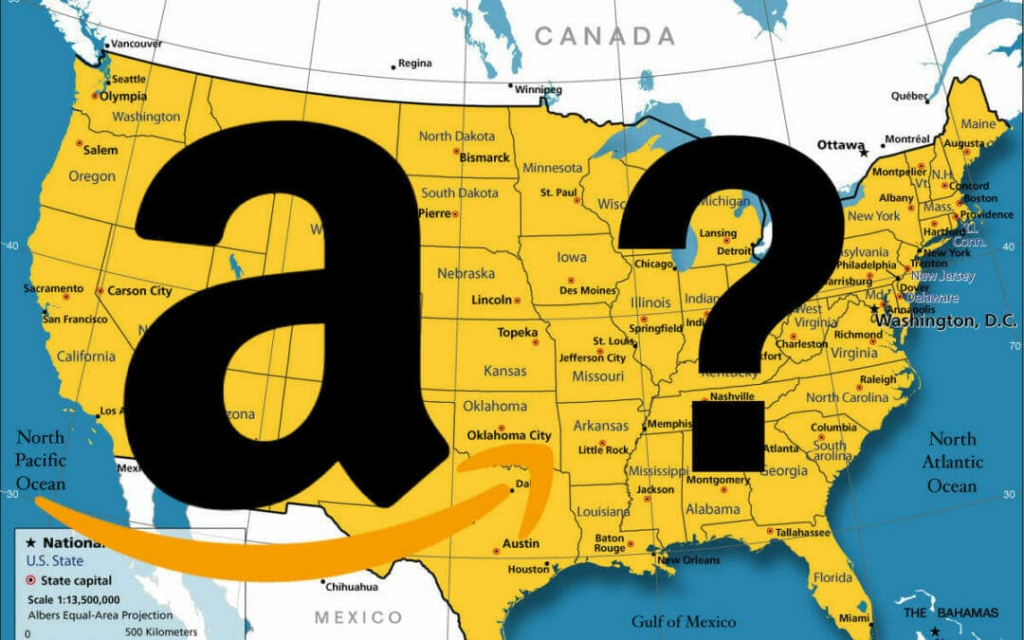
Since the news broke September 7th that Amazon would be seeking a second headquarters location for 50,000 of its employees informally known as Amazon HQ2, I have had nearly two dozen journalists contact me asking basically the same question “Does my local city have a chance of submitting the winning bid?” And now that various city mayors are making the pilgrimage to Amazon headquarters in Seattle to meet with Amazon executives in an attempt to develop some minute advantage in the bidding process, I am compelled to highlight the one most important issue most cities would not properly address: access to unprecedentedly large pools of technology talent.
Today, Amazon has 3,000 job openings at its Seattle headquarters just for software development and solutions architects – roles that would be primarily filled by computer engineers. During my tenure at Amazon, I saw first-hand the consequences of so many open job positions – seriously overstressed colleagues, a never-ending battle to carve IT talent’s time away for your own project, and extraordinary business opportunities left unaddressed due to the harsh reality of an understaffed workforce.
Amazon currently recruits in dozens of locations around the world, all in the effort to find enough talent to fill these positions. For foreign applicants, Amazon is constantly hampered by the cap on H1-B visas, which allow qualified candidates to relocate to the US. Combining the current political environment with only 65,000 H1-B visas available per year across all US companies, it remains ever challenging for Amazon to find and relocate enough foreign talent to fill these openings. Within the US, the situation isn’t much better – US universities are producing far too few IT graduates to support the demand from within the US, further complicated by the fact that over 60% of computer engineering graduate students are actually foreign students. Among undergraduate computer engineering departments, University of California Berkeley topped the list of schools with 283 graduates. Even if the largest 10 undergraduate programs across the US all doubled the size of their graduating classes, that adds a paltry 1,300 more computer engineering graduates to the pool of candidates for companies like Amazon to hire.
Show me a politician who would not love to celebrate the winning bid to bring 50,000 corporate jobs to his/her city. Yet, will the arrival of Amazon HQ2 to the winning city garner strong support of other incumbent companies whose own technology employee base will certainly be attracted to Amazon, offering superior offers of ever-rising stock equity and the opportunity to work for a world-renowned brand? Will a local politician be able to coordinate with state government and higher education institutions to significantly increase the size of computer engineering graduating classes?
While I respect that most cities would love to develop their own technology centers as big as what an Amazon headquarters could immediately offer, I suspect far too many HQ2 bids will focus on issues like their cities’ quality of life/cost of living, lack of population congestion, and tax-payer incentives. None of these features will fix Amazon’s biggest challenge of finding enough technology talent to sustain its growth plans.

If you’re one of the estimated 20%–40% of brands who fire their agency annually, you can’t focus on that vision if you have to keep searching for the right support. BBE proudly retained >95% of our clients last year while applying focused dedication to our brand partners. If you’re ready to start over for the last time, contact us and find out why leading brands have partnered with us for so long.

